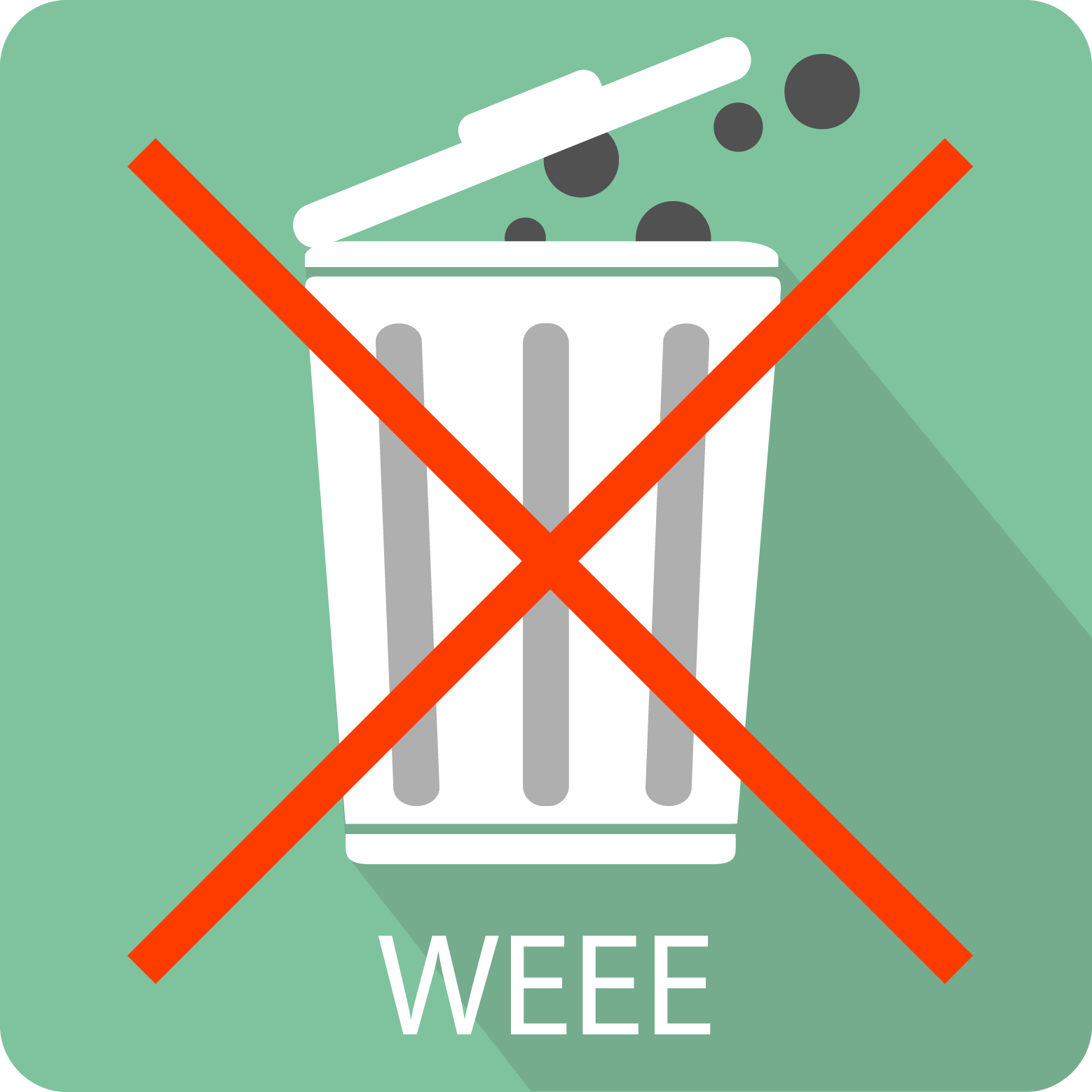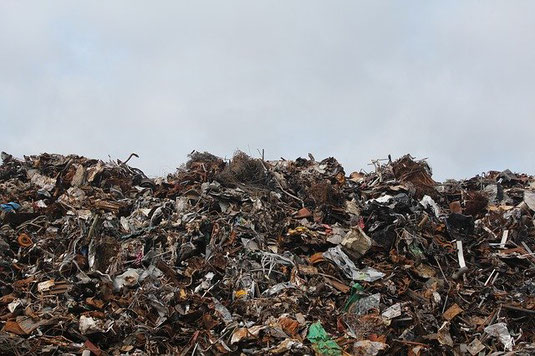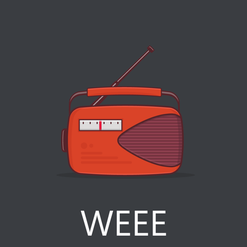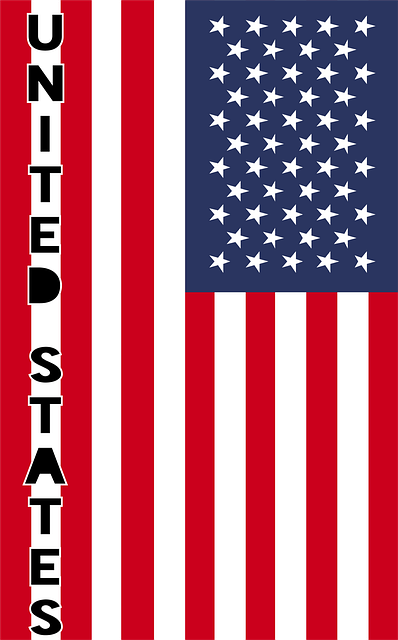
To help you achieve compliance with the European directive 2012/19/EU and other WEEE regulations worldwide, Enviropass is here to:

To help you achieve compliance with the European directive 2012/19/EU and other WEEE regulations worldwide, Enviropass is here to:
Contact Enviropass for more details on WEEE compliance!


The WEEE approach follows the extended producer responsibility (EPR) principle. If, as a producer or an importer, you introduce in-scope electrical or electronic equipment into the EU market, here is what you need to accomplish:
First-of-all, article 15, section 1 of the European WEEE directive requires producers to provide information on re-use, and treatment for recycling of their products, identifying sub-assemblies as well as hazardous chemicals.
Producers must communicate such information to treatment/recycling facilities, in user manuals, electronically, or online.
This requirement is part of the eco-design compliance of devices.
You must label your products with the crossed-out wheelie bin symbol, preferably in accordance with the European standard EN 50419.

Typically, EEE producers have to register their company with State Agencies as stewards. Examples of State Agencies are:
Unless you have your own approved collection and recycling system, you will also have to adhere to an authorized Compliance Scheme in every European Union member state where you place in-scope equipment. Some states only have one approved Compliance Scheme while others offer various choices.
Furthermore, in many cases, you may have to appoint Authorized Representatives (AR) in the member states. This requirement may apply where you do business, but don’t have a legal entity.
Let’s take the example of a producer overseas placing direct sales in an EU Member State. Then, this foreign distance seller to end-users may have to appoint an AR. It is the case if the seller does not have a local legal entity in States like:

You must declare and pay the corresponding fees separately to every national agency in charge of WEEE. What must be declared is the quantities placed (number of units and weight), per product category.
This needs to be done annually in most states. However, it can be more frequent in some states, depending on local regulations. You need to make one set of declarations per member state.
Finally, exported EEE data, and sales, should be kept internally for a minimum of 4 years.

Under the EU WEEE Directive, the scope is very broad. It is also very similar to the Europe RoHS one, and includes electrical and electronic equipment falling within the categories set out in annexes I and II:
Product Category | Examples |
|---|---|
1. Large household appliances | Many everyday products, such as fridges, ovens, fans, ventilators, etc. |
2. Small household appliances | Many everyday products, such as electric razors, toasters, vacuums, electronic gadgets, etc. |
3. IT and telecommunications equipment | Household or professional computers, printers, hard drives, cellphones, laptops, screens, etc. |
4. Consumer equipment and photovoltaic panels | Electric keyboards, speakers, TVs, solar panels, etc. |
5. Lighting equipment | Lamps of various types, light dimmers, etc. |
6. Electrical and electronic tools | Household or professional electric mowers, drills, saws, etc. |
7. Toys, leisure, and sports equipment | Slot machines, electric stationary bikes, electronic games, robot toys, etc. |
8. Medical devices | Electroencephalograms, respirators, ventilators, defibrillators, dialysis machines, etc. |
9. Monitoring and control instruments | Household or professional control panels, sensors, motion detectors, etc. |
10. Automatic dispensers | Vending machines, automated ticket or cash dispensers, etc. |
Product Category | Examples |
|---|---|
1. Temperature exchange equipment | Fridges, ovens, radiators, air conditioning units, etc. |
2. Screens, monitors, and equipment containing screens having a surface greater than 100 cm2 | Household or professional computers, TV screens, etc. |
3. Lamps | Household or professional flashlights, lights, etc. |
4. Large equipment (any external dimension more than 50 cm) | Luminaires, musical instruments, toys, medical devices, monitoring and control instruments, including professional, etc. |
5. Small equipment (no external dimension more than 50 cm) | Same as category 4, of smaller size, etc. |
6. Small IT and telecommunication equipment (no external dimension more than 50 cm) | Cell phones, radio, routers, etc. |
Both household and professional products fall under the scope. There is no de minimis. As a result, even if you only sell one in-scope product into a specific member state during the year, then you must comply with all of the WEEE applicable requirements.
WEEE exemptions apply to different types of products (as set in article 2), such as:
Packaging, battery waste recycling, and the French Triman requirements follow the same extended producer responsibility principle as WEEE. Therefore, if you introduce packages and batteries, you must also make declarations and follow the national compliance scheme requirements.
Several places such as US states, Canadian provinces, and territories have enacted WEEE, e-waste or e-cycling regulations.

About half of the US States have so-called e-waste ‘Take back’ programs to manage electronic waste. Similar to the European Union, most e-waste legislation in the USA follows the extended producer responsibility (EPR) principle. As a result, producers will collect and treat e-waste at their own expense. E-waste rules apply to certain product categories (mostly consumer equipment), like:

Canadian Province or Territory | WEEE-like Regulation | Indicative Scope |
|---|---|---|
Alberta | Regulation 94/2004 - Environmental Protection and Enhancement Act - Electronics Designation Regulation | Consumer, commercial and industrial |
British Columbia | B.C. Reg. 449/2004 - Environmental Management Act - Recycling Regulation | Consumer, commercial and industrial |
Manitoba | The Waste Reduction and Prevention Act (C.C.S.M. c. W40) - Electrical and Electronic Equipment Stewardship Regulation 17/2010 | Consumer |
New Brunswick | Regulation 2008-54 under the Clean Environment Act (O.C. 2008-180) | Consumer, commercial and industrial |
Newfoundland & Labrador | Regulation 85/12, Waste Management Regulations, 2003 (Amendment) under the Environmental Protection Act (O.C. 2012-288) | Consumer, commercial and industrial |
Northwest Territories | Waste Reduction and Recovery Act - Electronics Recycling Regulations R-071-2015 | Consumer, commercial and industrial |
Nova Scotia | Solid Waste-Resource Management Regulations made under Section 102 of the Environment Act S.N.S. 1994-95,c.1 | Consumer |
Ontario | O. Reg. 522/20: Electrical and Electronic Equipment under Resource Recovery and Circular Economy Act, 2016 | Consumer, commercial and industrial information technology, telecommunications and audio visual (ITT/AV) equipment and lighting |
Prince Edward Island | Environmental Protection Act - Chapter E-9 Materials Stewardship and Recycling Regulations | Consumer, commercial and industrial |
Québec | Q-2, r. 40.1 - Regulation respecting the recovery and reclamation of products by enterprises - Environment Quality Act | Consumer |
Saskatchewan | The Electronic Equipment Stewardship Regulations - Chapter E-10.22 REG 6 - The Environmental Management and Protection Act, 2010 | Consumer |
Yukon | O.I.C. 2003/184 Environment Act | Consumer, commercial and industrial |
Contact Enviropass for further assistance on WEEE!